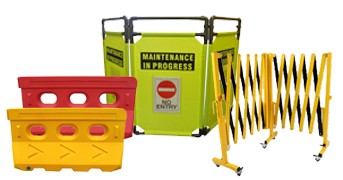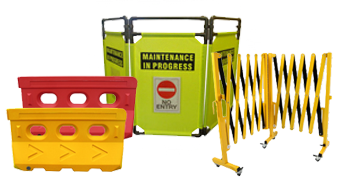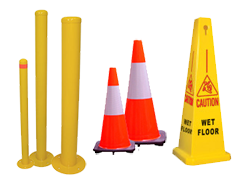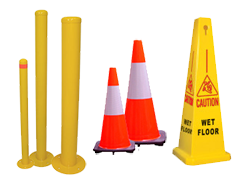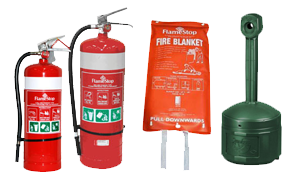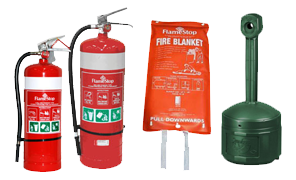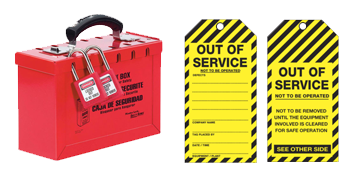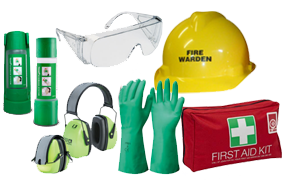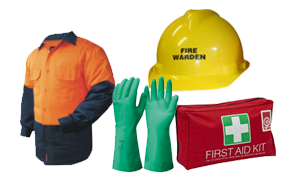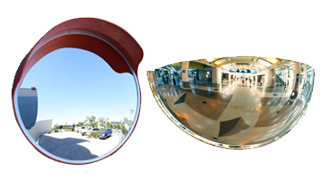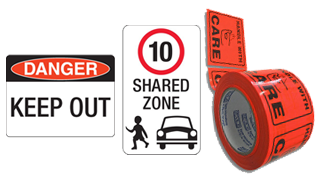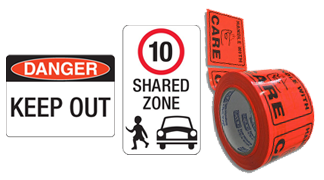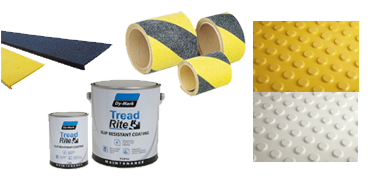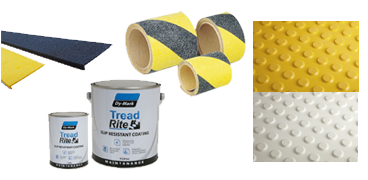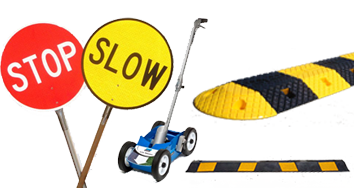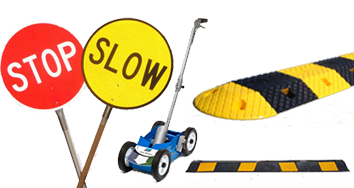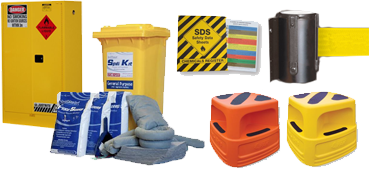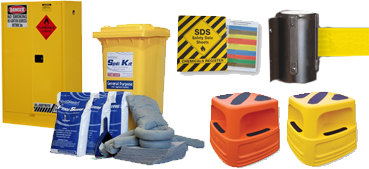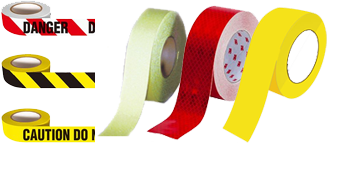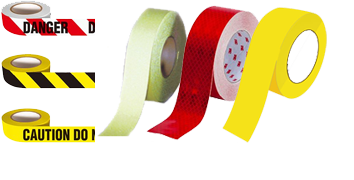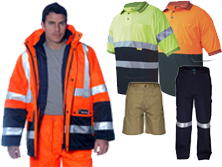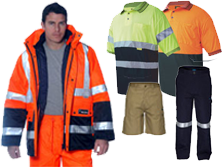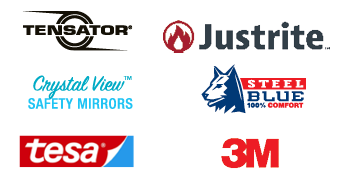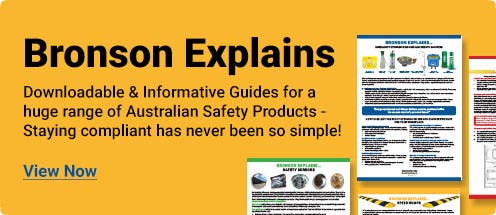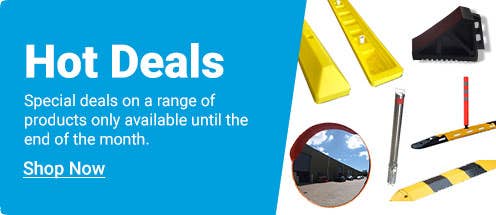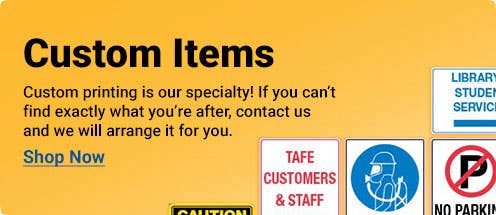When Safety Glasses Are Best
Both safety glasses and safety goggles are designed to protect your eyes, but your work environment determines which style will better suit your needs. As eye injuries become increasingly common in the workplace, it’s more important than ever to take the preventative step of wearing safety-certified eyewear. You not only need eye protection, but the proper eye protection for your specific job and vision needs.
Safety glasses are best suited for general working conditions where you are required to wear eye protection for long periods of time. Although they have a lifestyle look and feel - they have stronger lenses and frames than normal dress eyewear and are impact resistant, anti-fog and scratch resistant. Because safety glasses allow air to circulate under the lens, they can be worn for long periods without fogging up or becoming uncomfortable.
Most commonly construction workers, electricians, and plumbers opt for safety glasses over goggles. If you’re exposed to flying particles or dust in the air at work, you’ll want to be sure your safety glasses have a wrap frame or side shields.
When Safety Goggles Are Best
Even with these options, safety glasses still leave your eyes vulnerable to certain hazards that can make it through small gaps around the lenses, and that’s when you’ll want to slip on your safety goggles instead.
As stated above, there are certain hazards that require the form-fitting facial protection of a safety goggle. Start with evaluating your situation at work; is there a high chance of a foreign objects making contact with your eyes? Are there splashing liquids, or high-velocity debris? If so, it may be the best decision you ever make to choose 360-degree eye protection. Safety goggles are a must when working with chemicals, corrosive vapors, or with equipment that causes unpredictable debris. Even though goggles aren’t always the most fashionable option, it’s better to preserve your vision than to risk it. You only get two eyes.
Here are some examples of jobs where safety goggles are recommended:
- Medical lab assistant
- Chemical environments
- Grinding work
- Automotive shop worker
- Assembly line worker
Here are some common differences between Safety Glasses and Goggles:
- Glasses are held on the face by their arms and a nose bridge or nose pads, whereas goggles are held on by adjustable straps that may include elastic material
- Goggles are one of two varieties: full coverage or eye-cup design, and some of them are vented to allow heat and moisture to escape
- Glasses may come with design features that include straps to keep them in place or foam "rings" that function as eye-cups; these are still rated as glasses but may have an additional ANSI rating for dusts
- Glasses are often an easier "sell" than goggles in terms of worker acceptance and use
It is the employers responsibility to ensure that worker comfort and fit considerations are part of the process when implementing these or any other PPE product.
When Over Specs are Best
Over specs have 2 primary uses:
1. Firstly to fit over the top of prescription glasses. The simple fact is that unless your prescription eyewear meetsAS/NZS standards (or other equivalent standards), your eyes will not be sufficiently protected. To put it another way, you are putting yourself at risk of eye damage if you enter a challenging environment without safety glasses. The better solution is to invest in a pair of Over Specs and use them when you are working or playing in these environments.
2. Secondly they are a versatile solution for Vistor Management where you have people on site or on the factory floor and you need a "1 size fits all" solution for short term or temporary use.
- Features
- Fit over most prescription glasses
- Wraparound lens with angled side protection
- Scratch resistant lens coating
- Full side & Brow protection
- Applications/Industries
- Suitable for construction, driving, local councils, manufacturing, mining, transportation and utilities (power, gas and water)
To better understand why you can wear Over Specs over your prescription eyewear, it is helpful to analyse how safety glasses work in the first place. Doing so will dispel any fears or anxiety you may have about potentially wearing Over Spec safety glasses over your favourite pair of prescription glasses.
Safety glasses are different from other pairs of glasses in that they are created to withstand more impact resistance. This is true both in the materials that comprise the frame itself and the materials that make up the lenses in your Over Spec safety glasses.
Before a pair of glasses can be characterized as safety glasses, it must conform to a higher standard of impact resistance. To achieve this distinction, prospective safety glasses must pass a series of tests that are designed to place massive stress on the glasses. All Bronson Over Specs are certified to AS/NZS 1337.1 - medium impact protection - and will withstand the impact from a 6mm ball travelling at up to 45 meters per second without cracking, detaching or dislodging, breaking or coming into contact with the eye or the head.

